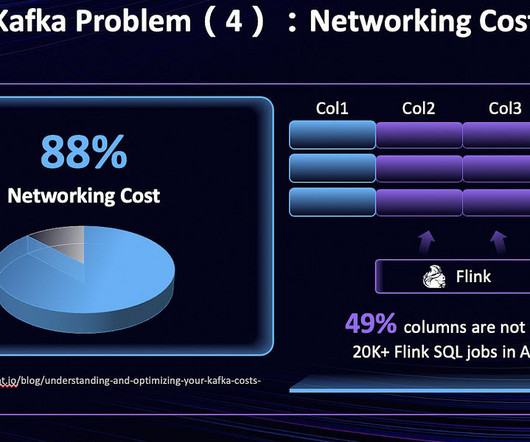Modern Customer Data Platform Principles
Data Engineering Podcast
JANUARY 21, 2024
Summary Databases and analytics architectures have gone through several generational shifts. A substantial amount of the data that is being managed in these systems is related to customers and their interactions with an organization. What are the core technical challenges associated with building and maintaining a CDP?














Let's personalize your content